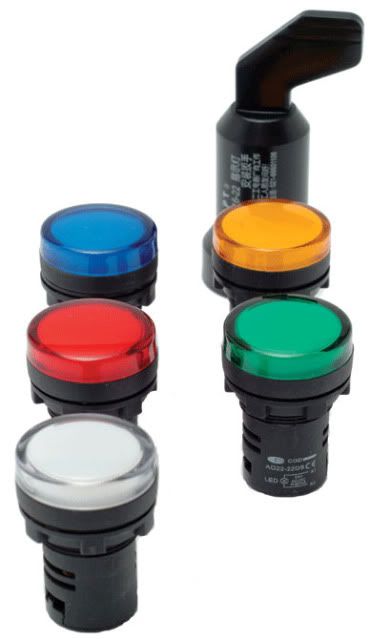jeff48356
Senior Member
- Location
- Livonia, Michigan
I'm just wondering if this year, 2017, will be the year where stores FINALLY do away with CFL bulbs in favor of LED bulbs. The prices of LED bulbs has dropped so much over the past year or two, and now a standard LED bulb is not much more than a CFL or an incandescent. LED's go for $1.97 per bulb, where incandescents go for $1.17 and have to be replaced frequently, where LED's last indefinitely. CFL prices are in between those.
CFL's have a laundry list of negatives, and no advantages anymore over LED's, making them completely obsolete. These include:
1) They contain mercury.
2) They do not turn on instantly to full brightness.
3) They are not dimmable. (Some are, but they cost a lot more than dimmable LED's)
4) They break easily, leaving traces of mercury around
5) They still get hot, like an incandescent bulb
6) They burn out quickly, especially when turned on/off frequently
7) They cause premature failure of neon lights built into illuminated switches.
CFL's have a laundry list of negatives, and no advantages anymore over LED's, making them completely obsolete. These include:
1) They contain mercury.
2) They do not turn on instantly to full brightness.
3) They are not dimmable. (Some are, but they cost a lot more than dimmable LED's)
4) They break easily, leaving traces of mercury around
5) They still get hot, like an incandescent bulb
6) They burn out quickly, especially when turned on/off frequently
7) They cause premature failure of neon lights built into illuminated switches.



